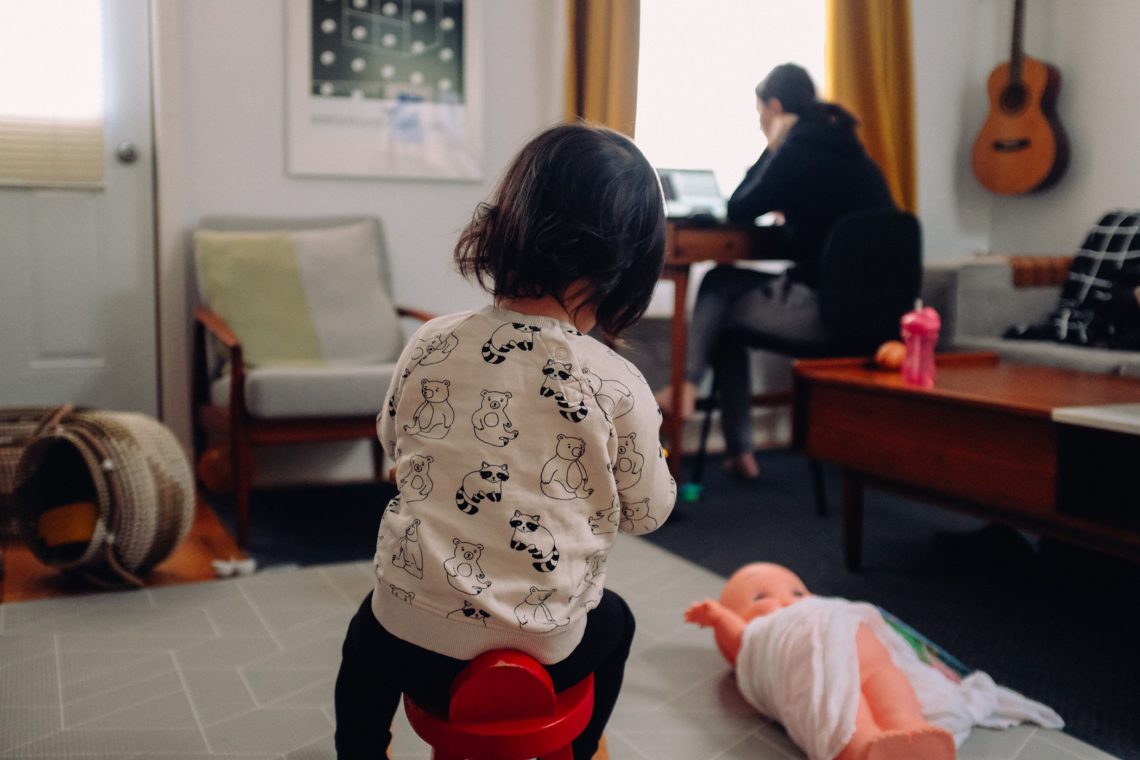
Working From Home — The Employees Are Leading The Change (Guest Post)
Tara (not her real name) from our finance recently rang me on a late evening for online approval of a bank transaction. It was unusual because we encourage people to complete their works during regular hours. I overheard her only daughter, 4, saying something to the dad in the background. The mom was enjoying her family life, and her daughter was having fun with her dad. I felt happy for her. But she was breaching the Working from Home (WFH) policy; it doesn’t permit other members of the family in the same room. Something is amiss in the policy, then.
As the world is going through the COVID-19 turmoil, the corporates everywhere are trying to keep their employees busy during the lockdown period with WFH. The Human Resource (HR) managers are preparing policy papers to cover all aspects, real or perceived, they think may expose the company to any risk. Corporate standards, working hours, integrity, confidentiality, and work ethics are all duly covered.
Let’s now look at the employees’ side of the situation. They are scared of being infected. They are concerned that the corporates will face financial setbacks, which in turn might affect their jobs and the modest salaries they earn. They are worried because the current situation may continue for many more months, and the company may decide to lay them off. Worse still, some companies may even go bankrupt. Their jobs and livelihoods are on the line. It’s under such a situation that these individuals are working from home. But few of these employees are following the WFH policies. Why?
The HR managers, except those in some tech companies, who draft these policies are there to oversee that the employees are working according to the designated working hours and their respective Job Descriptions (JD). They are comfortable with biometric check-ins at the office premises, systems of reporting to the line managers, elaborate approval processes, and in-person meetings. For them, it’s not right to read a newspaper on the office laptop or have a chat with a friend or a colleague during the working hours. They are happy with defined work shifts, similar to those in an assembly line or conventional paper-based office. Unfortunately, none of these apply to WFH. That’s why, when they prepare a WFH policy document, it is mostly devoid of any relevance to reality.
That is the real reason why the employees do not take such policies with any seriousness, brushing them off as usual HR antiques. These employees know quite well that many of them are putting in more working hours than is typical.
WFH is a paradigm shift that very few, mostly tech companies have realized. The rest is adopting it somewhat reactively. The companies that are lagging are coming up with unrealistic guidelines. Their policies assume that WFH is just a matter of setting up a working desk at home, locking oneself in a room to avoid interference from others in the family, following a strict 9-to-5 routine, and getting out only when the work shift is over. They tend to forget that not everyone can afford to set aside a room for such a private use.
Perhaps the biggest mistake is not to realize that the employees are individuals with dignity, a sense of responsibility, and loyalty to their employers.
What’s the origin of this 8-hour or fixed working hours? If you see the history behind it, you will realize why it does not apply to today’s knowledge workers. The 8-hour workday was adopted to save the workers from being forced to work for longer hours. But these days employers are using this concept to make sure that the employees don’t work less! They forget that these days the types of work don’t quite fit in a fixed window of designated hours.
Typically, people at home do not work continuously for long hours. They work more in cycles of a period of work followed by a break, which could mean chatting with a family member, cuddling a kid, making a trip to the kitchen for some tea or coffee, or just watching through the window or at the TV. The line between work and family becomes finer, often shifting as the situation demands, and the family members understand it quite well.
My experience is that the employees have quickly and quietly adapted to the changed circumstances of work, while the corporates are still struggling to find their comfort zone. Many employees have realized that they can do the same job from home or perhaps, even more, and save all the commuting hours and the associated costs. At the same time, they can fetch kids from school or help them with their home works or run some other errands. They are still mindful of their work responsibilities and make sure to deliver them on time. They are managing both family and work at their own pace and time. They can do a much better job of keeping the right balance between the two if they are in charge of their working hours.
Ask any working couple, and you will see the benefit of such flexibility. These days, I often receive emails from my team members at quite late hours (I get to read them the next morning only). I am sure some of them are feeding dinner to the kids and putting them to sleep before doing the last bit of the day. You may find more on this topic in the article by Sharmin Banu, an Executive Coach For Tech Leaders at Greenleaf Leadership Coaching based in Seattle, “We Now Can Relate To The ‘BBC Dad’ — What Else Is Shifting? How Covid19 is reshaping the way we work and live”.
Leading corporates are starting to notice the winds of change and adapting accordingly. Some are proudly posting photos of their employees with kids during video meetings or working from the kitchen tables. There is still a long way to go. Perhaps putting some trust in the employees is a good start.
About the Author
Dr. Sayeed Ahmed heads a $60m engineering consulting business and a team of 750+ members in Asia. He travels and writes as a hobby on history, culture, politics, and contemporary issues. This article was originally published in the medium.
Photo by Charles Deluvio on Unsplash




